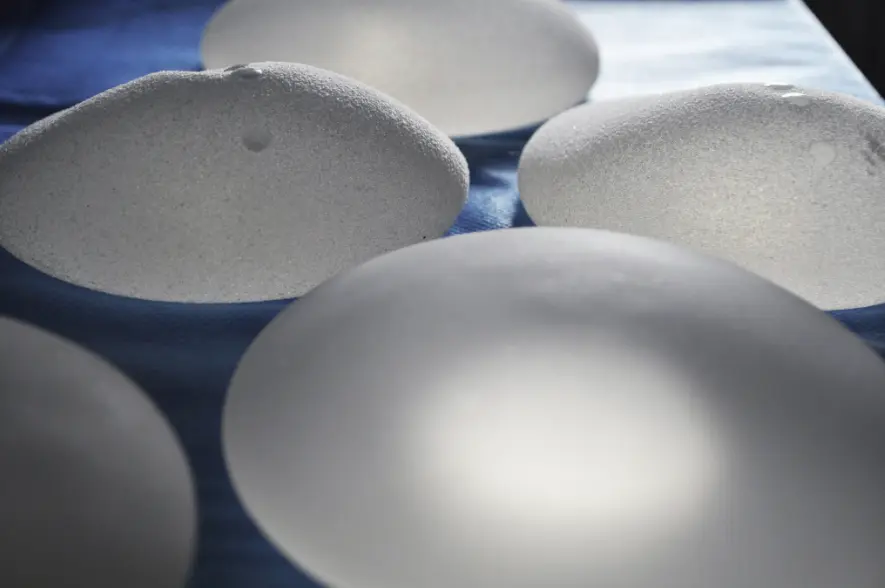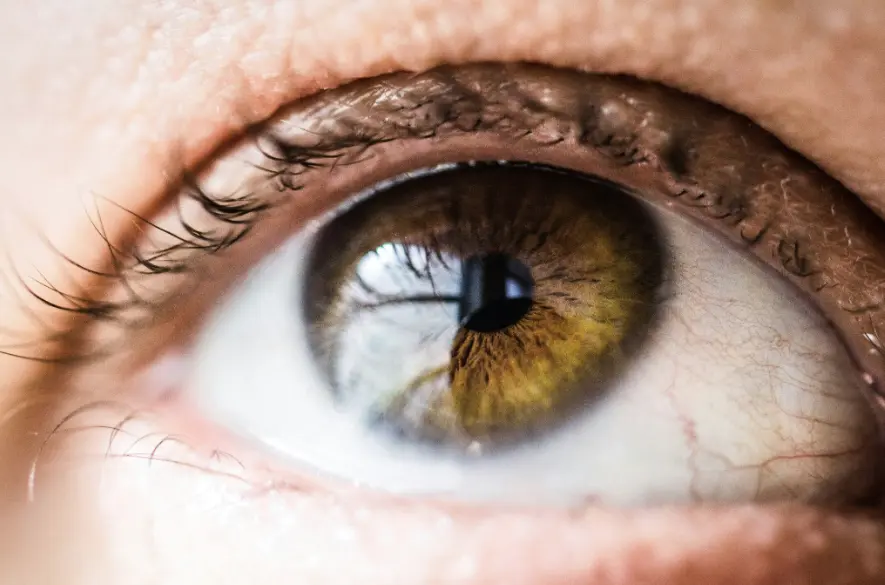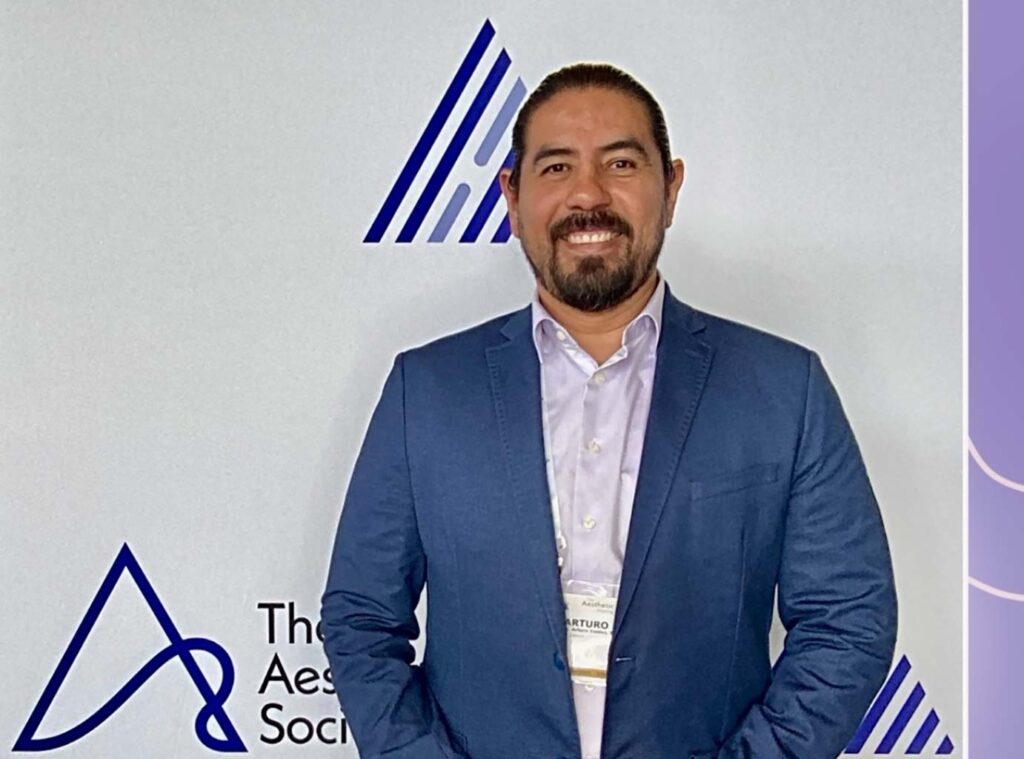Full facelift recovery is a gradual process that unfolds over several months, with most patients feeling presentable after 2–4 weeks but subtle swelling, tightness, and numbness continuing to improve for up to a year. Following Dr. Valdez’s post-operative care instructions, maintaining a healthy lifestyle, and protecting your skin from the sun will ensure a smoother recovery and long-lasting, natural-looking results.
In 2023, there was an 8% gain in facelifts from 2023, meaning that these procedures are becoming more popular than ever. Not only do facelifts eliminate furrows and wrinkles, but they also tighten up sagging skin.
The result? A more youthful appearance. It’s no wonder why these surgeries are so in demand!
You might be interested in getting a facelift yourself, but there’s the recovery period to contend with. If you’re not prepared, then you may be caught off-guard and won’t have a great experience.
Just so you know what you’ll face, we’ve written a facelift recovery guide. Read on to see a detailed timeline of what happens after your surgery.
How Long Is Facelift Recovery?
Typically, recovery from a facelift will take 2-4 weeks. However, the exact time will depend on the patient’s overall health and how well they follow their surgeon’s instructions.
The Facelift Recovery Timeline
With that said, there’s a general timeline that everyone will more or less follow. It’s a gradual process, but knowing what to expect can help you prepare both mentally and physically.
Here’s an overview of what the recovery period can look like.
Immediately After Surgery
Right after the surgery, you’ll probably feel tired and groggy. Not only will you need someone to take you home, but you’ll also require support at home for at least the first night.
In addition, it’s very normal to have swelling and bruising on your face. This peaks in the first 48 hours, so you’ll only have to put up with the worst of it for a little bit.
The swelling can cause tightness or puffiness around your face and neck. Plus, you may experience mild to moderate pain. However, it should be manageable with the pain medication your surgeon has prescribed.
Your surgeon may have placed bandages around your face to help minimize the swelling and provide support. There may also be small drains to remove excess fluids.
The First Week
Bruising will be very noticeable, especially around the incision areas. Tightness in your skin may persist too.
You won’t be able to shower or get the bandages wet for the first two days.
Typically, you’ll have a follow-up appointment with your surgeon around day two to remove the drains and check the healing process. They’ll then redress the wound if everything looks fine.
Make sure you get plenty of rest during this time. Sleep with your head elevated to reduce swelling, and avoid strenuous activities, bending, or lifting heavy objects. You can move around a little after the third day if you can.
The Second Week
Towards the end of the first week, you should no longer need your pain medications. You might even feel well enough to do light housework.
It’s likely you’ll still have swelling, bruising, and tightness though. This can be accompanied by numbness and tingling, so don’t be alarmed.
If your plastic surgeon puts in stitches, then they’ll remove them in the second week. Otherwise, the stitches should dissolve on their own.
Many patients feel mostly normal during this time, so they’ll return to work. You can do so as well if you feel up to it, and you can also resume most light everyday activities; light exercises can actually promote healing. Just make sure you don’t strain your face.
The Third and Fourth Weeks
Most of the bruising and swelling should be gone, which means you’ll start seeing noticeable results from your facelift. The incision sites may still be pinkish-red, but they won’t be very conspicuous. It’s still common to have numbness during these weeks.
Since you should be mostly recovered, you can return to normal activities. You can even start exercising again if you’ve healed enough.
The First to Third Months
As time progresses even more, you should see the final results emerging. Your face will look more natural as the swelling fully resolves and the skin settles. You’ll also find that the incision scars will begin to fade, although they may still be pink or slightly raised.
Minor swelling is still normal, even after the three-month mark. In fact, swelling, bruising, tightness, and numbness can all persist for a year, so the facelift swelling timeline may be much longer than you’d expect.
If at any time you feel like something’s not normal, listen to your body. It’s better to be safe than to be sorry, so contact your plastic surgeon to discuss your concerns. Communication is key to proper healing.
Beyond Three Months: The Long-Term Healing Process
While the majority of your recovery will take place in the first few weeks, it’s important to remember that facelift healing continues well beyond the three-month mark.
Over the next several months, your tissues will keep settling as residual swelling, tightness, and minor numbness gradually fade. By the six-month point, most patients notice their final contour beginning to take shape — smoother, firmer, and more natural-looking.
Between six months and one year, the incision lines mature and soften, becoming barely noticeable in most cases. You may also feel subtle improvements in skin texture and sensation as your nerves continue to regenerate.
Every person heals at a different pace, but by the one-year mark, the majority of patients are fully healed and enjoying the complete results of their facelift.
Tips for Facelift Healing
As we’ve just mentioned, you may experience side effects up to a year after your facelift surgery. However, there are steps you can take to facilitate a smooth recovery.
Of course, you should always follow post-op instructions. Deviating from the aftercare guidelines given to you by your surgeon can delay healing.
Also, you should stick to a healthy lifestyle. Here are some quick points:
- Stay hydrated
- Eat nutritious foods
- Get enough sleep
- Avoid smoking or drinking alcohol
If you go outside, you should protect your skin with sunscreen. Try to avoid prolonged sun exposure if possible, as this can make scarring more noticeable.
Lastly, we can’t stress how important it is to be patient. You’ve gone through major surgery, and healing takes time. Swelling, bruising, or minor asymmetry can be irritating, but they’ll resolve gradually if you don’t push yourself past your limits.
Have Realistic Expectations for Facelift Recovery
Getting a facelift can be an exciting experience, especially if you’re not satisfied with how your face currently looks. This may have you eager to book an appointment.
However, keep in mind that it’s major surgery and that facelift recovery can be more than you’d expect. While you can resume most normal activities within a few weeks, the first week can be difficult to get through. So make sure that you have a strong support system to help you past those hurdles.
Contact us today if you’d like to schedule a facelift consultation. Dr. Valdez has helped many patients like you achieve the look they desire and has completed over 2,000 successful surgeries.
References
- Robert Improta M| C, Tuesday D 4. Your facelift recovery explained from Day 1 to Day 30. American Society of Plastic Surgeons. Accessed December 16, 2024. https://www.plasticsurgery.org/news/blog/your-facelift-recovery-explained-from-day-1-to-day-30
- Easing into exercise after surgery | BCM. Accessed December 16, 2024. https://www.bcm.edu/news/easing-into-exercise-after-surgery
- Foods That Speed Up Post-Surgery Recovery. St. John's Health. Accessed December 16, 2024. https://www.stjohns.health/blog/2022/june/foods-that-speed-up-post-surgery-recovery/
- Facelift (rhytidectomy). nhs.uk. January 26, 2023. Accessed December 16, 2024. https://www.nhs.uk/conditions/cosmetic-procedures/cosmetic-surgery/facelift/
- Plastic Surgery Statistics. American Society of Plastic Surgeons. Accessed December 16, 2024. https://www.plasticsurgery.org/plastic-surgery-statistics
Frequently Asked Questions
How long does it take to recover from a facelift?
Most patients recover from a facelift in 2–4 weeks. You’ll notice swelling and bruising in the first few days, which gradually improves over the following weeks. Full results may take several months as your face settles and scars fade.
When can I return to work after a facelift?
Many patients feel well enough to return to work after 10–14 days, depending on the type of facelift and how fast their body heals. It’s best to avoid strenuous activity for at least three weeks.
How long does swelling last after a facelift?
Swelling peaks in the first 48 hours and then slowly subsides over several weeks. Minor swelling may persist for a few months but will continue to improve with time and proper aftercare.
What helps speed up facelift recovery?
Follow your surgeon’s post-op instructions carefully. Rest, hydration, healthy nutrition, and avoiding smoking or alcohol are key. Sleeping with your head elevated and protecting your skin from the sun will also help minimize swelling and scarring.






